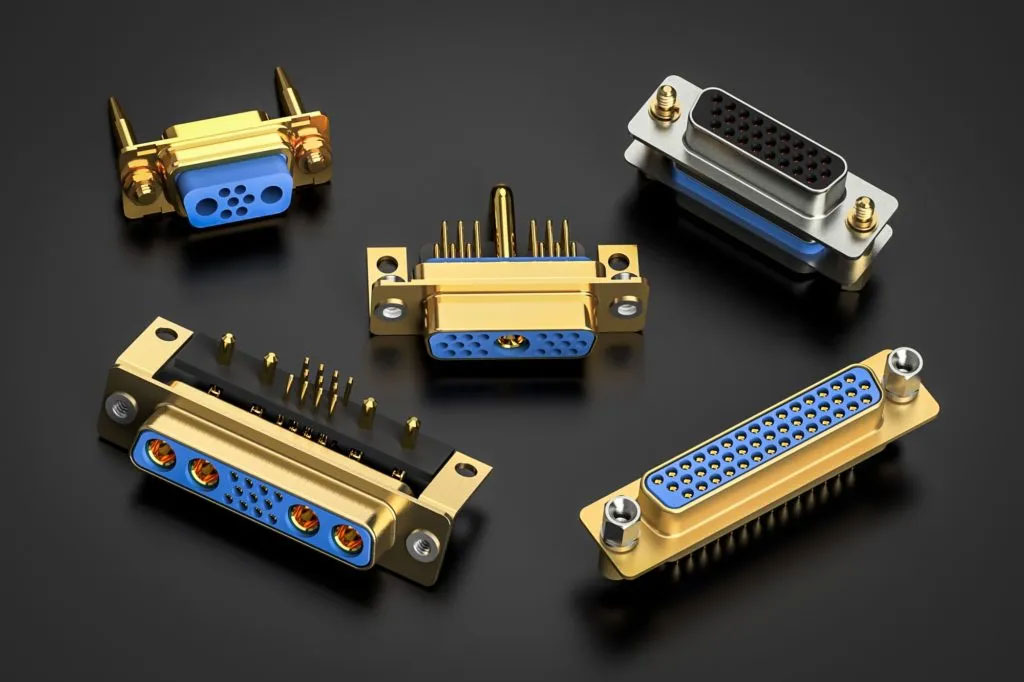PCB Connectors: Types, Features, and Applications for Reliable Connections
PCB connectors are essential components in electronic circuit design, providing reliable and efficient connections between various electronic devices and printed circuit boards (PCBs). This article aims to explore the different types of PCB connectors, their features, and their applications in ensuring secure and robust electrical connections.

1. Header Connectors
Header connectors, also known as pin headers, consist of a row of pins that can be soldered directly onto a PCB. They are widely used for connecting peripheral devices, such as cables, wires, or other PCBs, to the main PCB. Header connectors offer versatility and ease of use, allowing for quick and secure connections.
2. Socket Connectors
Socket connectors, also called female connectors, are designed to mate with header connectors. They feature receptacles that receive the pins from the headers, creating a reliable electrical connection. Socket connectors are commonly used in applications where regular disconnections and reconnections are required, such as in modular systems or replaceable components.
3. Terminal Blocks
Terminal blocks, or terminal strips, provide a convenient solution for connecting wires or cables to a PCB. They consist of multiple screw terminals mounted on a PCB, allowing for easy wire termination without the need for soldering. Terminal blocks offer flexibility and modularity, making them suitable for applications that require frequent wire changes or field wiring connections.
4. Board-to-Board Connectors
Board-to-board connectors enable the connection between two separate PCBs, allowing for signal transmission and power transfer between them. They come in various forms, including pin headers, socket connectors, and surface mount connectors. Board-to-board connectors play a vital role in complex electronic systems, such as computer motherboards, where multiple PCBs need to be interconnected.
5. Wire-to-Board Connectors
Wire-to-board connectors are used to establish a connection between a wire or cable and a PCB. They typically consist of a plug housing that accommodates the wire connector and a receptacle on the PCB. Wire-to-board connectors provide secure and reliable connections for applications that involve external wiring, such as power supplies, sensors, or actuators.
6. FFC/FPC Connectors
Flat Flexible Cable (FFC) and Flexible Printed Circuit (FPC) connectors are specifically designed for flat ribbon cables or flexible circuits. They feature contacts that grip the conductive traces on the FFC or FPC, creating a reliable electrical connection. FFC/FPC connectors are commonly used in applications that require compact and low-profile connections, such as mobile devices, cameras, or LCD displays.
Conclusion
PCB connectors are essential components in electronic circuit design, providing reliable and secure connections between various devices and PCBs. The different types of connectors, including header connectors, socket connectors, terminal blocks, board-to-board connectors, wire-to-board connectors, and FFC/FPC connectors, offer versatility and flexibility for a wide range of applications. Understanding the features and applications of these connectors allows engineers and designers to make informed decisions when selecting the appropriate connectors for their PCB designs, ensuring reliable and efficient electrical connections.
Related Articles:
 Sam
Sam
Discussions
Become a Hackaday.io Member
Create an account to leave a comment. Already have an account? Log In.